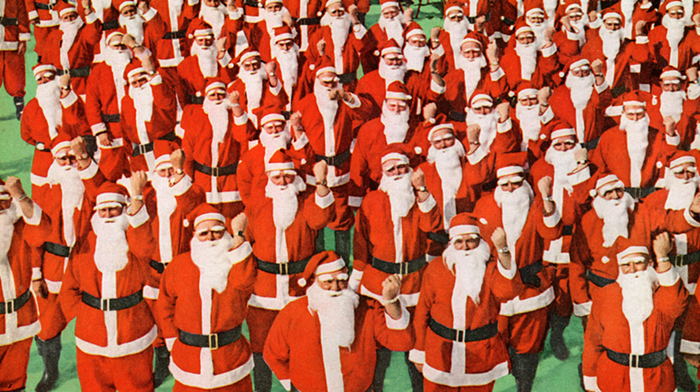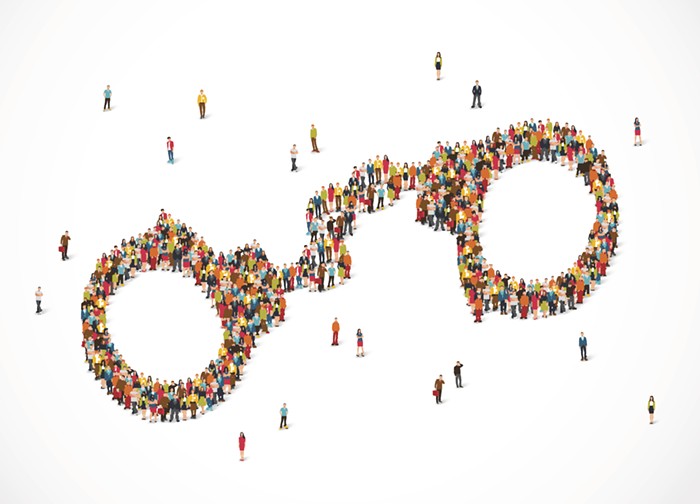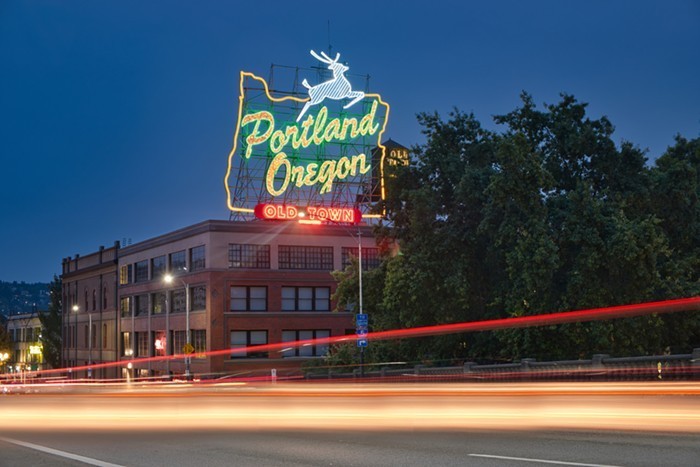The other day I did something I don’t normally do: I bought a bottle of Chianti. And I wasn’t even in an Italian restaurant. Not a pasta noodle or red checkered tablecloth in sight, I was just drinking it with friends. I hadn’t even uncorked the bottle yet when someone remarked that it was a plain choice—almost old fashioned. What had happened to the sparkling wines from New Mexico, the skin contact weirdos from Slovenia? This was like drinking “Dad wine.” I may as well put on the Eagles’ Their Greatest Hits LP to go with it.
My friend was right. Unusual and mysterious wines are more appealing. They’re more fun to write about, and it always feels like an adventure, exploring new terrain. It certainly prevents my drinking habits becoming staid. But it also means turning my back on what might, for a better term, be called the classics.
In the wine world the classics are deeply unfashionable. Chianti, Bordeaux, Châteauneuf-du-Pape, (most of) Burgundy—this is Dad rock to the younger generation of sommeliers and wine writers. Sure, top-priced Bordeaux is coveted by Chinese gazillionaires who now snap up the whole chateaux instead of a vintage, and it will always have a place on the tables of Wall Street bankers as shorthand for how well they’re doing. But elsewhere, the commercialized production processes of Bordeaux are viewed suspiciously, while back-to-basics winemaking is the new fetish (biodynamic farming, native yeasts, as little manipulation of the wine as possible). “Artisanal” is the new watchword, while the spreadsheet winemaking of much of the Bordelaise is ridiculed.
As attitudes hardened, fundamentalists started calling out anything that was too fruit-forward as a bad wine. What were supposed to be timeless classics were suddenly laughably anachronistic, the Thomas Kinkade of the contemporary art world. The future was being discovered on the volcanoes of Tenerife and Mount Etna. Flights were booked for Tbilisi. Poor Croatian pronunciation was heard in wine bars.
This search for the new becomes problematic when obscurity is pursued for its own sake, simply because it’s eye catching. Fashions are easily made and the market is hungry for novelty. (An aside: I always wonder at those best restaurant lists—what if Portland’s best restaurant every year had been, say, Paley’s Place? Who would ever publish that? The craving for constant originality incentivizes the most dazzling—but not necessarily the best.)
I’ve championed some of these wines, though hopefully without the zealous inflexibility of the dogmatists. I didn’t have the time or the liver capacity to bother too much with the classics until a few months back, when I was recommended a Châteauneuf-du-Pape to pair with risotto. It was ages since I’d had a Pape, and I wouldn’t have matched it with such a light dish. But it worked so well, it was like witchcraft. The wine was much nimbler and nuanced than I remembered, and it didn’t overpower the food as I expected. Wines such as this were filed away in my brain—wines I thought I knew. It was time to revisit them (though I don’t think I’ll be pulling that Eagles album anytime soon).
Bordeaux
The Elvis of wines. Once lauded, critics now deride it as a money-making scam, much like the King when he was churning out trite Hollywood movies for cash. But there are signs of a comeback—skin contact whites, for goodness sake—and bargain reds to be had. Chateau Lanessan, Haut-Médoc, 2002 (mostly Cabernet Sauvignon and Merlot) is a 15-year-old classic, smooth and silky, for under 30 bucks. And it’s great with beef or game ($27, from Division Wines, 3564 SE Division).
Châteauneuf-du-Pape
The region is in the Southern Rhone and the wine is usually based on a blend of Grenache, Syrah, and Mouvèdre. They are made to age and mellow out over time to reveal luxurious earthy, tar, and tobacco notes. They can be pricey, but the Domaine de la Biscarelle, Châteauneuf du Pape, 2014 ($40 from 1856, 1465 NE Prescott) has plenty of elegant character for a fair price. Try aging it.
Burgundy
The home of Pinot Noir—it can get crazy expensive here, but there’s also value for money to be had. The Louis Chenu, Savigny, 2014 ($29.99, from Liner & Elsen, 2222 NW Quimby) is fresh, and filled with rich mineral flavors making it easy to drink, but it also has serious leathery resin notes.
Chablis
Part of Burgundy and famous for their whites made from Chardonnay, Chablis wines are typically elegant and lean, and known for their acidity and minerality. Always good with seafood. Try Le Domaine d’Henri, “Saint Pierre,” 2014 ($22, from Thelonious Wines, 516 NW 9th).
Chianti
The name alone conjures up a cartoon Italian waiter singing “That’s amore.” From Tuscany, in the north of Italy, the majority grape is Sangiovese. It can be rustic, bright, and earthy, sometimes with a little tartness. Monteraponi, Chianti Classico, 2014 ($27 from 1856, 1465 NE Prescott) has lots of juicy red berry, chopped herbs, and vibrant acid.
Riesling
Attempts have been made to make Riesling fashionable. Even if you can convince people it’s not always sweet, it still comes across as too serious and nerdy. Still, the classic German regions such as the Mosel and Pfalz make some of the best wines on earth, though they don’t have to cost it—the Karl Erbes Classic Riesling, 2015 is super dry and aromatic. Amazing value ($10.99 from Great Wine Buys, 1515 NE Broadway).












